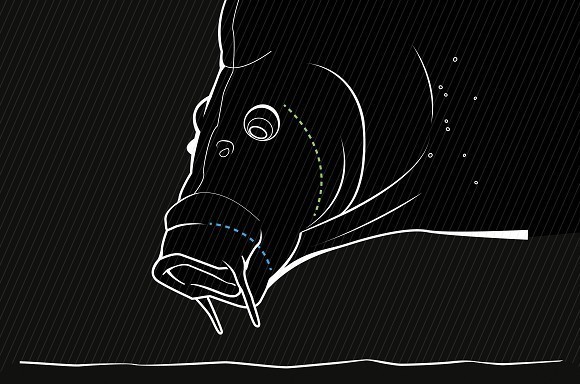
How carp feed on particle baits
Fish farmer and successful carp angler, James Anderson reveals how carp regulate their feeding depending on what you're feeding them and here he discusses particle baits
Very adaptable
“Carp are very adaptable creatures and are able to adjust how they feed depending on the substrate which they are feeding over and the foodstuff they are feeding on. Here we are going to look at how the carp feeds on particle baits. Particles are now widely used in carp fishing and consist of a wide variety of baits including hemp, sweetcorn, pellets and a wide range different seeds.”
Inedible organic and inorganic
“Particles are classified as small baits, below 10mm in size, and so make the carp work hard to eat every morsel, keeping them preoccupied for long periods of time. When a carp is feeding on these small food items it inevitably sucks in a lot of inedible organic and inorganic items such as leaves, sand or small stones. The carp must sort through all these items expelling the inedible and consuming the edible ones which involves a complex process utilising a range of feeding apparatus the fish possess.”
Stage one
“When feeding on particle, the carp firstly extends its protractible mouth so that its lips touch the substrate below, it then sucks up the particle which is where the first stage of sorting occurs in the oral cavity, as the larger inedible items are expelled back out from the mouth.”
Stage two
“The particles are then taken back into the buccal cavity where further sorting takes place with the aid of the palatal organ. The palatal organ is a muscular area on the roof of the mouth which is covered in taste buds. When the palatal organ tastes something edible it holds onto the items while inedible items are expelled through the gill opening. The edible particles are then passed back to the pharyngeal teeth where they are crushed ready for digestion.”
Stage three
“This process is constantly occurring as the fish grazes on the particle baits, moving around the baited area filtering through the items it draws into the mouth. This sorting and filtering process takes sometime and is why the carp can be kept feeding on smaller items of food for longer than if feeding on larger items such as boilies for example. And if each carp is feeding for longer, you catch more of them!”



